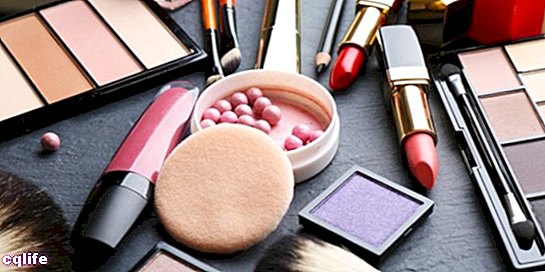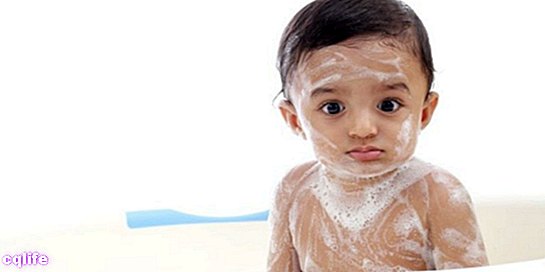We explain what cosmetics and makeup are, their history, types and how they are made. Also, what are natural cosmetics.

What are cosmetics?
Cosmetics (also called makeup) are a series of products linked to the hygiene personal or with the beautification, traditionally, of the female face.
Its use dates back to ancient times, as an ornament to distinguish successful warriors or hunters, or married women from single women. They were also used to distinguish members of the royal class or aristocracy, or those citizens dedicated to the priesthood or initiated in some religious cult.
In fact, the first evidence of the use of cosmetics dates from Ancient Egypt, approximately 4,000 years before Christ. However, the term "cosmetic" was invented in the 17th century, when the first business marketing of toiletries, such as lavender soaps or moisturizers, for the consumption of the nobility.
Cosmetics, at present, are linked to the aesthetic, hygienic and erotic standards that are usually applied to the body of both men and women, in different ways, to highlight certain desirable attributes and hide those that are not.
Today we consider deodorants, shampoos, shower gels, skin creams, and various forms of makeup: paints, shadows, dyes, lipsticks, perfumes, etc. We also use this name for substances employed in the theater, movie theater Y TV, with which effects and conditions are simulated within the story (scene makeup).
How are cosmetics made?
Broadly speaking, cosmetics are made up of three ingredients:
- An active principle. One or more chemical substances designed to produce some superficial effect on the body.
- A vehicle or excipient. What is the solvent in which it is generally contained mixture from chemicals of the active principle and that is used for its application in the body.
- Additives and correctors. That is, substances added to regulate, control or accelerate the effect of the active ingredient, or to give the mixture longevity.
Thus, the production of cosmetics involves choosing, composing or mixing each of these ingredients in the appropriate proportions.
Generally, the chosen vehicles are derived from harmless natural or synthetic substances, such as car wax. bees, vegetable oils or silk, to which are added vitamins, antioxidants or ultraviolet protectors, in order to reduce their harmful effects on the skin.
The chemical composition of the active ingredient depends on the desired effect. For paints and blushes, for example, which are usually applied in powder form, carbon, titanium dioxide, iron oxide and other similar minerals are used to give it a certain color to the face.
On the other hand, in perfumes some vegetable oil infused in the essence of fruits, flowers or other sources of pleasant aroma is usually used. The same occurs in creams, generally composed of combinations of oils and plant extracts, whose purpose is to keep the skin lubricated and delay its aging.
Finally, the additives and catalysts are of the chemical type, generally, added to the mixture in specialized laboratories of the pharmaceutical industry. In this way it is guaranteed that the cosmetic survives in good condition after its distribution, commercialization and use.
Types of cosmetics

There are many ways to classify cosmetics, but it is likely that the most comprehensive refers to the classification that distinguishes them according to their use. In this way, we would have:
- Baby cosmetics. As moisturizers and antipañalitis creams, colognes, neutral soaps and mild cleaning products.
- Cosmetics for the face. Such as lipsticks, blushes, foundation powder, mascara, concealer, etc.
- Cosmetics for the skin. Such as moisturizers, scrubs, sun blockers, soaps, aftershave lotions, depilatory creams, etc.
- Perfumery cosmetics. As deodorants, antiperspirants, perfumes, colognes, etc.
- Nail cosmetics. Such as nail paints, enamels, etc.
- Oral hygiene cosmetics. Like toothpastes, mouthwashes, etc.
Natural cosmetics
Natural cosmetics or organic cosmetics are those that have been made from natural products that are as less chemically treated as possible. This, in theory, makes them healthier products for the body, less endowed with risky substances, but at the same time shorter and longer. cost.
In some cases, these products aspire to less contaminate the ecosystem, reducing the amount of chemicals that are dumped with the garbage. Many times they are free from animal abuse, that is, they were produced without using live animals to test their possible negative effects on human health.
